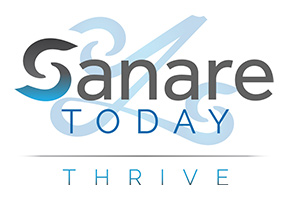Panic Attacks
About six million American adults experience panic disorder in a given year. Typically developing in early adulthood, women are twice as likely as men to have panic disorder.
Many people don’t know that their disorder is real and highly responsive to treatment. Some are afraid or embarrassed to tell anyone, including their doctors and loved ones, about what they experience for fear of being considered a hypochondriac. Instead they suffer in silence, distancing themselves from friends, family, and others who could be helpful or supportive.
A panic attack is the abrupt onset of intense fear or discomfort that reaches a peak within minutes and includes at least four of the following symptoms:
- Palpitations, pounding heart, or accelerated heart rate
- Sweating
- Trembling or shaking
- Sensations of shortness of breath or smothering
- Feelings of choking
- Chest pain or discomfort
- Nausea or abdominal distress
- Feeling dizzy, unsteady, light-headed, or faint
- Chills or heat sensations
- Paresthesia (numbness or tingling sensations)
- Derealization (feelings of unreality) or depersonalization (being detached from oneself)
- Fear of losing control or “going crazy”
- Fear of dying
Since many of the symptoms of panic disorder mimic those of heart disease, thyroid problems, breathing disorders, and other illnesses, people with panic disorder often make many visits to emergency rooms or doctors’ offices, convinced they have a life-threatening issue.
In the past it might have taken months or years and lots of frustration before getting a proper diagnosis. Some people are afraid or embarrassed to tell anyone, including their doctors or loved ones about what they are experiencing for fear of being seen as a hypochondriac. Instead they suffer in silence, distancing themselves from friends, family, and others who could be helpful. We hope this pattern is changing.
Many people suffering from panic attacks don’t know they have a real and highly treatable disorder.
SOURCE: Anxiety and Depression Association of America
http://www.adaa.org/understanding-anxiety/panic-disorder-agoraphobia
